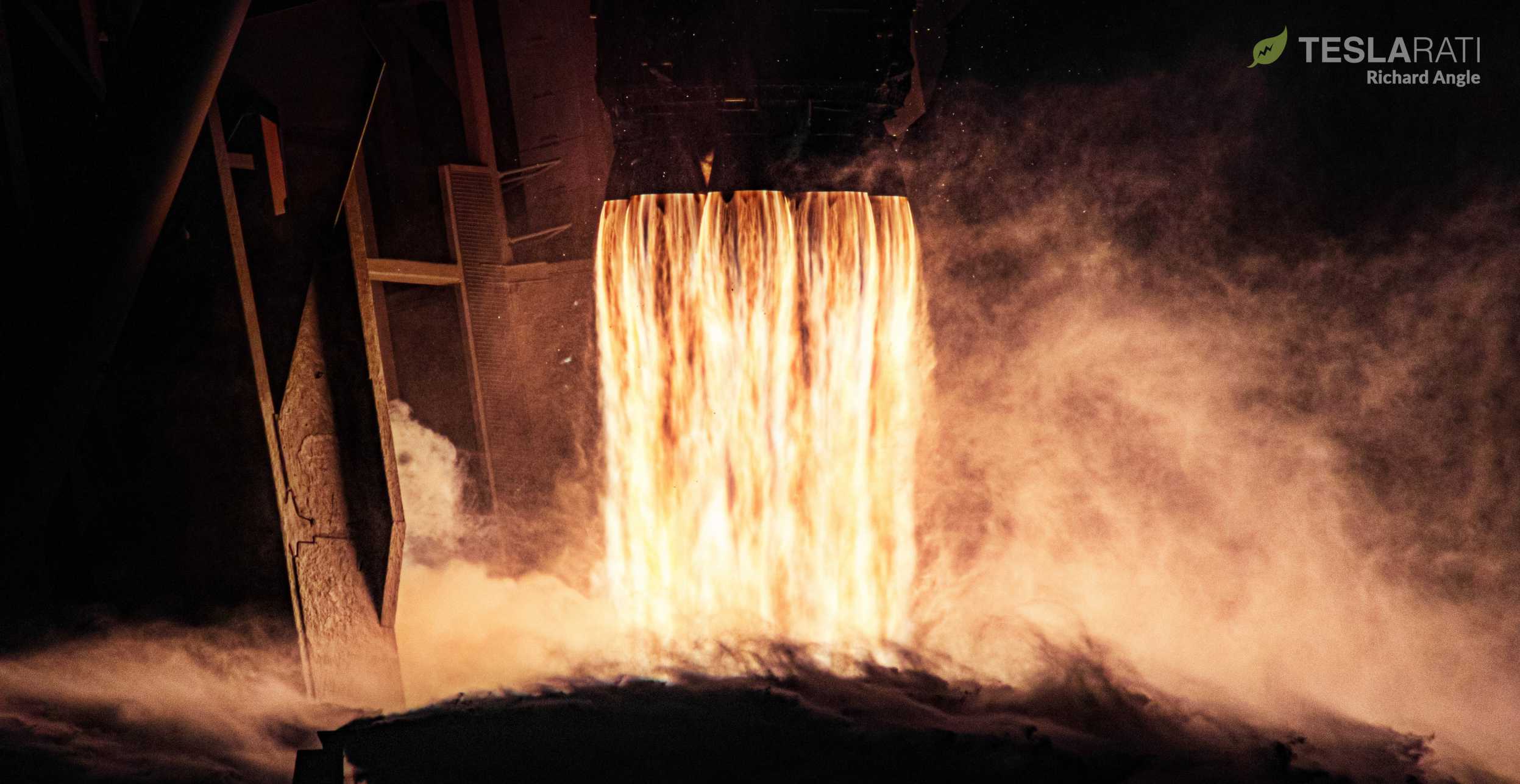

News
SpaceX puts 60 Starlink satellites in orbit with first rocket launch of the year [photos]
SpaceX has kicked off a record-breaking 2020 launch manifest with a spectacular combination of Starlink satellites and a Falcon 9 rocket, the first of perhaps two dozen such launches planned this year alone.
Falcon 9 booster B1049 supported the mission, becoming the second SpaceX rocket ever to complete four launches and landings after B1048 did it first in November 2019. Starlink-2’s Falcon 9 booster is now safely aboard drone ship Of Course I Still Love You and beginning the 600 km (375 mi) journey back to Port Canaveral, Florida, where it will likely be processed and turned around for a fifth launch in the near future.
Teslarati photographer Richard Angle was on-site to capture the event and caught a number of spectacular photos of SpaceX’s Starlink-2 launch, ranging from an excellent visualization of the rocket’s trajectory to a close-up view highlighting the fury of Falcon 9’s nine Merlin 1D engines seconds after liftoff.
Falcon 9 Block 5 boosters are loaded with some 520 metric tons (1.2 million lb) of liquid oxygen, refined kerosene (RP-1), helium, and nitrogen. At full throttle, the nine Merlin 1D engines that power each Falcon booster can produce more than 7600 kN (1.7 million lbf) of thrust, equivalent to more than 60 737 passenger jets chained together. At the same time, every one of those nine Merlin 1D engines likely consumes more than 270 kg (600 lb) of liquid oxygen and kerosene every second, with all nine engines combining to burn the equivalent of one and a half Tesla Model 3s worth of propellant per second.
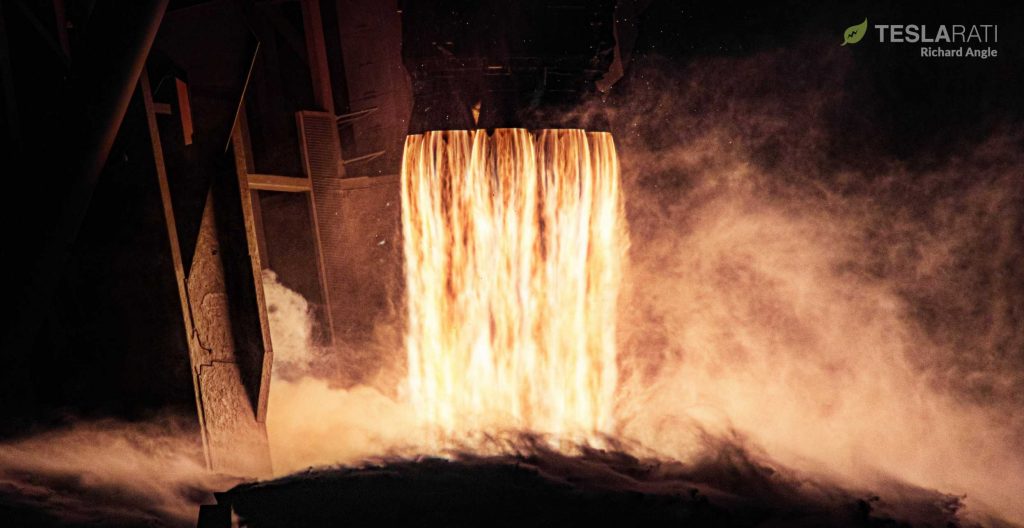
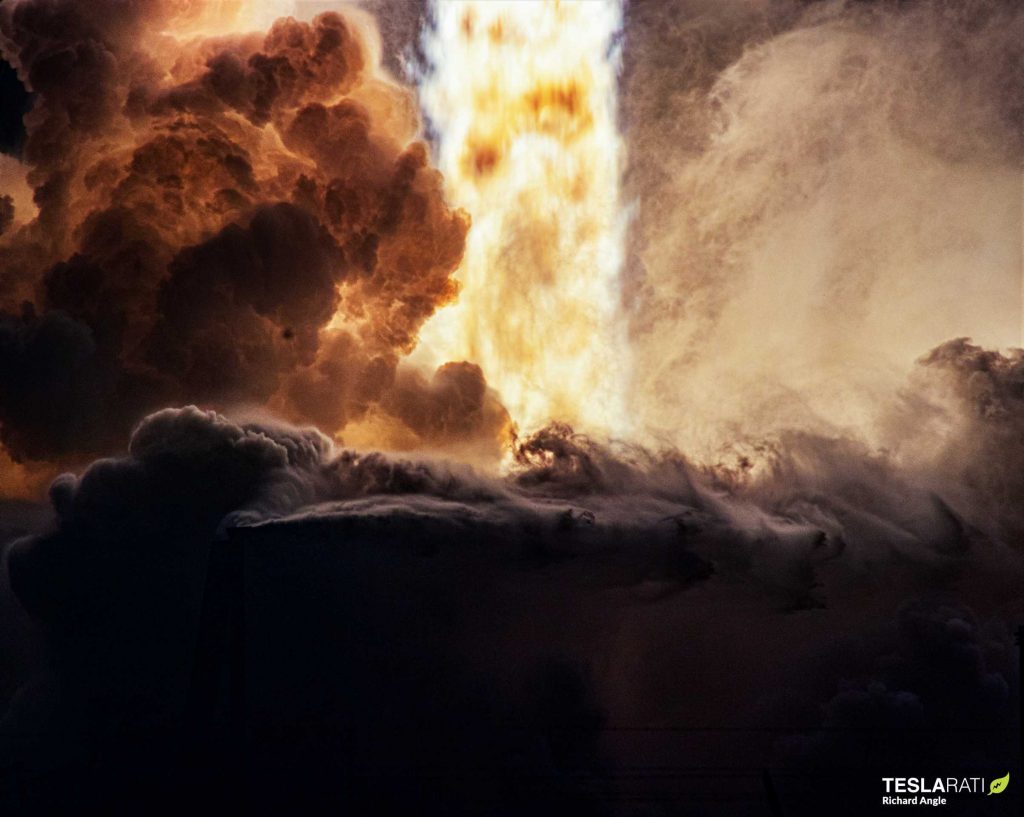
A step further, the 1.5 Teslas of propellant Falcon 9 boosters burn each second exits the nozzles of their nine Merlin 1D engines traveling almost 3 kilometers per second (1.9 miles per second) – more than 35 times faster than the fastest hurricane windspeeds every recorded. In simple terms, the exhausts of even tiny orbital-class rockets create a spectacularly violent and unearthly environment in the seconds immediately following liftoff, exaggerated by the ground and pad hardware reflecting all that energy and fury.
And Falcon 9 (let alone Falcon Heavy) is no tiny rocket. While it’s still extremely difficult to get a good sense of scale while looking at launch photos, it’s safe to say that photos of Falcon 9’s nine Merlin 1D engines shortly after launch undeniably capture at least a small sense of the sheer heat, fury, and stress experienced by SpaceX’s orbital launch pads. One of the most obvious features are giant clouds backlit by the rocket’s own engines, produced as a side effect of the common use of water deluge systems to protect launch pads and keep launch vehicles from damaging themselves.
In the handful seconds the rocket is near the pad, swimming pools worth of water are almost instantaneously vaporized by into superheated steam clouds by its exhaust and then violently buffeted by the shockwaves and vibrations they produce. In simple terms, the sound alone – let alone the heat or debris kicked up by the exhaust – would likely kill or at least severely injure an unprotected human observer standing nearby, while the heat would probably incinerate immediate bystanders.
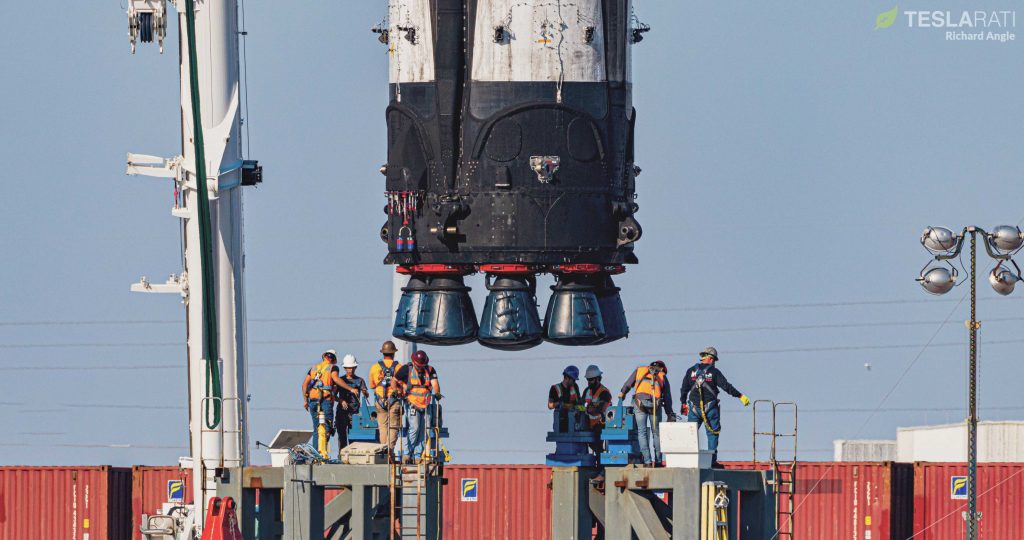
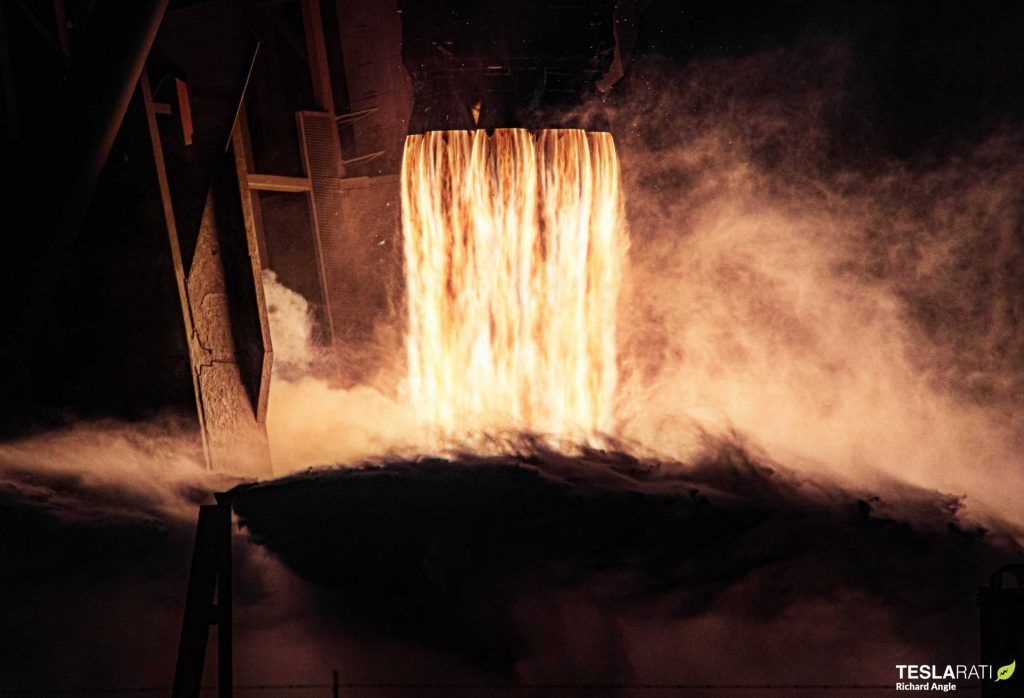
Regardless of the pedantry of observing rocket launches up close and really personal, January 6th’s Starlink launch is the first of as many as 36 launches SpaceX has planned in 2020 – some two dozen of which could end up being dedicated Starlink missions. SpaceX’s next two Starlink launches – Starlink-3 and -4 – are already scheduled to lift off as early as later this month.
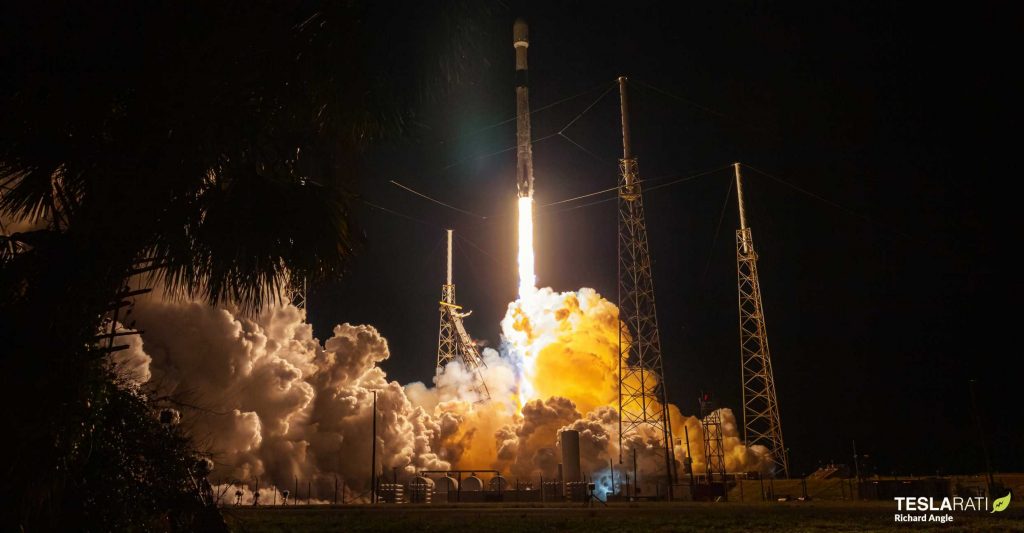
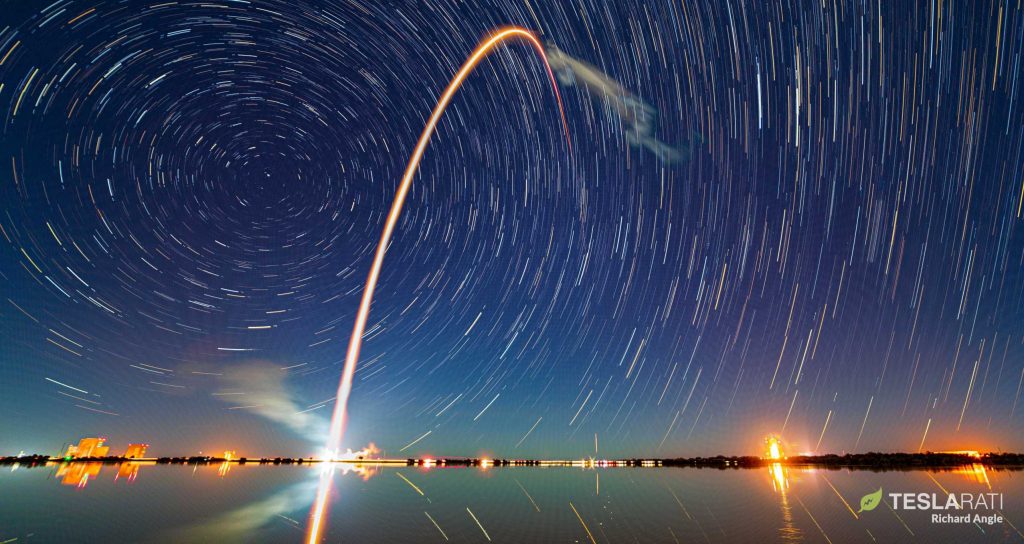
Check out Teslarati’s Marketplace! We offer Tesla accessories, including for the Tesla Cybertruck and Tesla Model 3.

News
Tesla’s new Holiday perk is timed perfectly to make FSD a household name
Tesla AI4 owners get FSD (Supervised) through Christmas, New Year’s Eve and well into the post-holiday travel season.

Tesla quietly rolled out a free Full Self-Driving (Supervised) trial for roughly 1.5 million HW4 owners in North America who never bought the package, and the timing could very well be genius.
As it turns out, the trial doesn’t end after 30 days. Instead, it expires January 8, 2026, meaning owners get FSD (Supervised) through Christmas, New Year’s Eve and well into the post-holiday travel season. This extended window positions the feature for maximum word-of-mouth exposure.
A clever holiday gift
Tesla watcher Sawyer Merritt first spotted the detail after multiple owners shared screenshots showing the trial expiring on January 8. He confirmed with affected users that none had active FSD subscriptions before the rollout. He also observed that Tesla never called the promotion a “30-day trial,” as the in-car message simply reads “You’re Getting FSD (Supervised) For the Holidays,” which technically runs until after the new year.
The roughly 40-day period covers peak family travel and gatherings, giving owners ample opportunity to showcase the latest FSD V14’s capabilities on highway trips, crowded parking lots and neighborhood drives. With relatives riding along, hands-off highway driving and automatic lane changes could become instant conversation starters.
Rave reviews for FSD V14 highlight demo potential
FSD has been receiving positive reviews from users as of late. Following the release of FSD v14.2.1, numerous owners praised the update for its smoothness and reliability. Tesla owner @LactoseLunatic called it a “huge leap forward from version 14.1.4,” praising extreme smoothness, snappy lane changes and assertive yet safe behavior that allows relaxed monitoring.
Another Tesla owner, @DevinOlsenn, drove 600 km without disengagements, noting his wife now defaults to FSD for daily use due to its refined feel. Sawyer Merritt also tested FSD V14.2.1 in snow on unplowed New Hampshire roads, and the system stayed extra cautious without hesitation. Longtime FSD tester Chuck Cook highlighted improved sign recognition in school zones, showing better dynamic awareness. These reports of fewer interventions and a more “sentient” drive could turn family passengers into advocates, fueling subscriptions come January.
Elon Musk
Elon Musk predicts AI and robotics could make work “optional” within 20 years
Speaking on entrepreneur Nikhil Kamath’s podcast, Musk predicted that machines will soon handle most forms of labor, leaving humans to work only if they choose to.
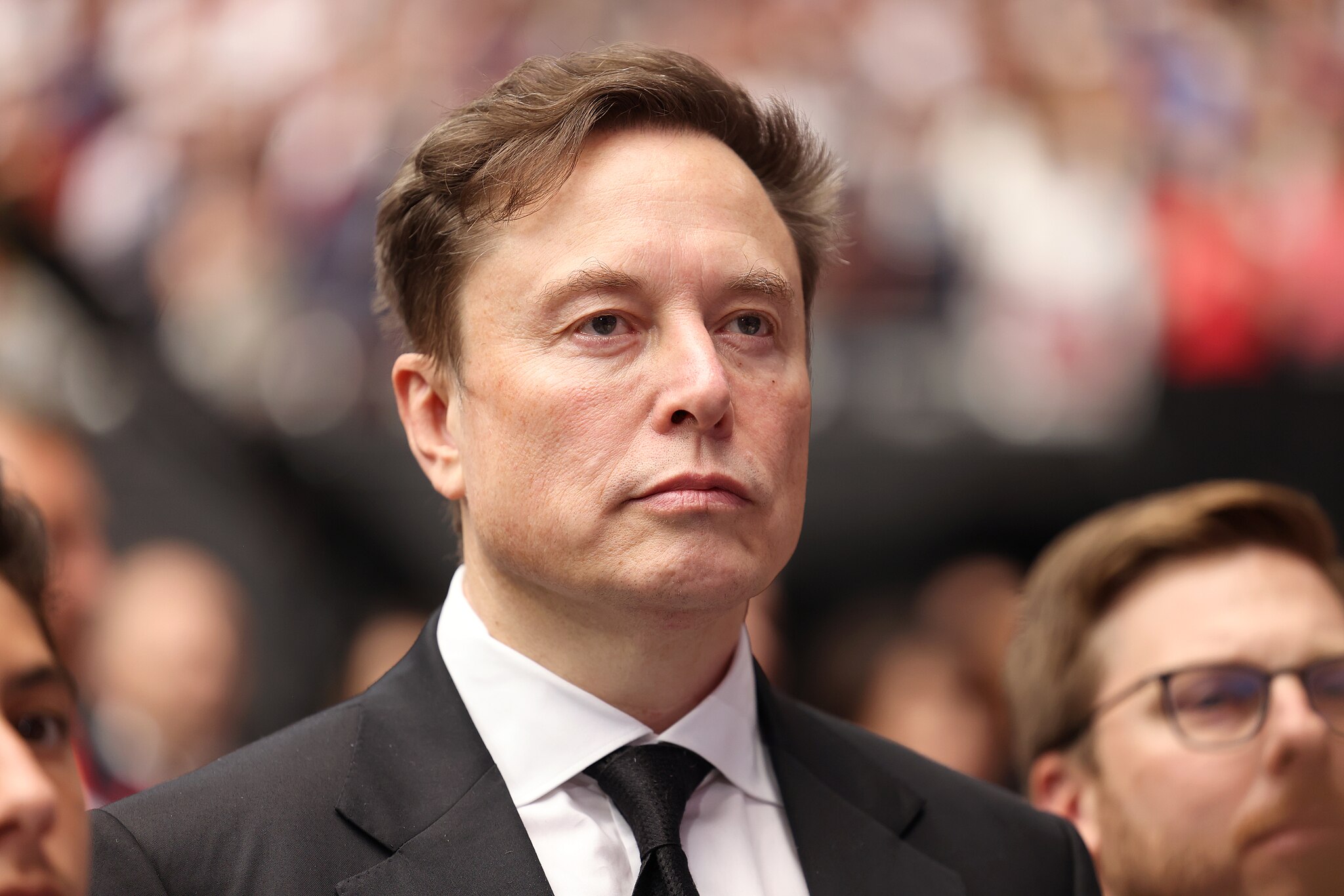
Elon Musk stated that rapid advances in artificial intelligence and robotics could make traditional work unnecessary within two decades.
Speaking on entrepreneur Nikhil Kamath’s podcast, Musk predicted that machines will soon handle most forms of labor, leaving humans to work only if they choose to.
Work as a “hobby”
During the discussion, Musk said the accelerating capability of AI systems and general-purpose robots will eventually cover all essential tasks, making human labor a choice rather than an economic requirement. “In less than 20 years, working will be optional. Working at all will be optional. Like a hobby,” Musk said.
When Kamath asked whether this future is driven by massive productivity growth, Musk agreed, noting that people will still be free to work if they enjoy the routine or the challenge. He compared future employment to home gardening, as it is something people can still do for personal satisfaction even if buying food from a store is far easier.
“Optional” work in the future
Elon Musk acknowledged the boldness of his claim and joked that people might look back in 20 years and say he was wrong. That being said, the CEO noted that such a scenario could even happen sooner than his prediction, at least if one were to consider the pace of the advancements in AI and robotics.
“Obviously people can play this back in 20 years and say, ‘Look, Elon made this ridiculous prediction and it’s not true,’ but I think it will turn out to be true, that in less than 20 years, maybe even as little as ten or 15 years, the advancements in AI and robotics will bring us to the point where working is optional,” Musk said.
Elon Musk’s comments echo his previous sentiments at Tesla’s 2025 Annual Shareholder Meeting, where he noted that Optimus could ultimately eliminate poverty. He also noted that robots like Optimus could eventually provide people worldwide with the best medical care.
Elon Musk
Elon Musk reiterates why Tesla will never make an electric motorcycle
Tesla CEO Elon Musk preemptively shut down speculations about a Tesla road bike once more.
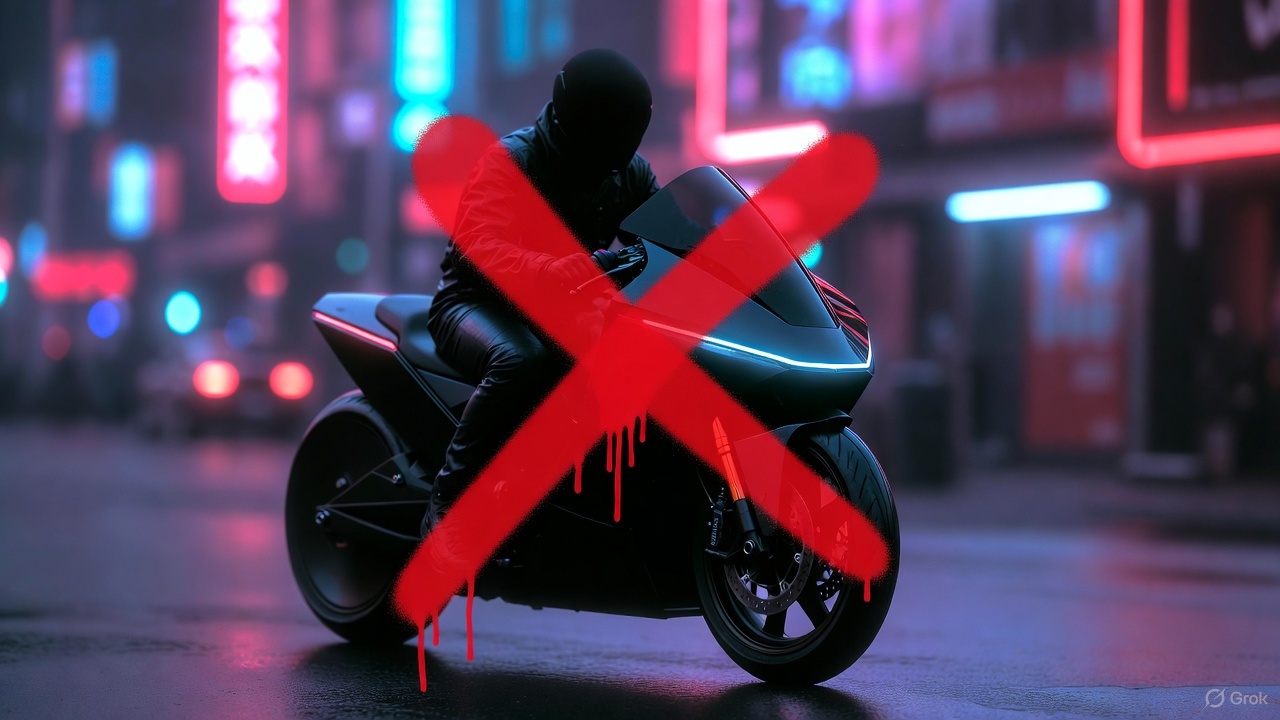
Tesla CEO Elon Musk preemptively shut down speculations about a Tesla road bike once more, highlighting that the electric vehicle maker has no plans to enter the electric motorcycle market.
Musk posted his clarification in a post on X.
Musk’s reply to a fun AI video
X user @Moandbhr posted an AI video featuring the Tesla CEO on the social media platform, captioning it with “Mr. Elon Musk Just Revealed the Game-Changing Tesla Motorcycle.” The short clip depicted Musk approaching a sleek, single-wheeled vehicle, stepping onto it, and gliding off into the distance amid cheers. The fun video received a lot of traction on X, gaining 3.1 million views as of writing.
Musk replied to the post, stating that a Tesla motorcycle is not going to happen. “Never happening, as we can’t make motorcycles safe. For Community Notes, my near death experience was on a road bike. Dirt bikes are safe if you ride carefully, as you can’t be smashed by a truck,” Musk wrote in his reply.
Musk’s Past Comments on Two-Wheelers
Musk also detailed his reservations about motorcycles in a December 2019 X post while responding to questions about Tesla’s potential ATV. At the time, he responded positively to an electric ATV, though he also opposed the idea of a Tesla road-going motorcycle. Musk did state that electric dirt bikes might be cool, since they do not operate in areas where large vehicles like Class 8 trucks are present.
“Electric dirt bikes would be cool too. We won’t do road bikes, as too dangerous. I was hit by a truck & almost died on one when I was 17,” Musk wrote in his post.
Considering Musk’s comments about dirt bikes, however, perhaps Tesla would eventually offer a road bike as a recreational vehicle. Such a two-wheeler would be a good fit for the Cybertruck, as well as future products like the Robovan, which could be converted into an RV.









